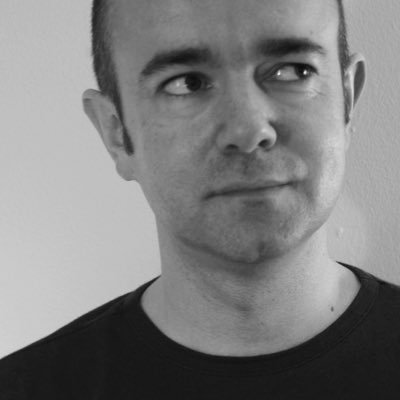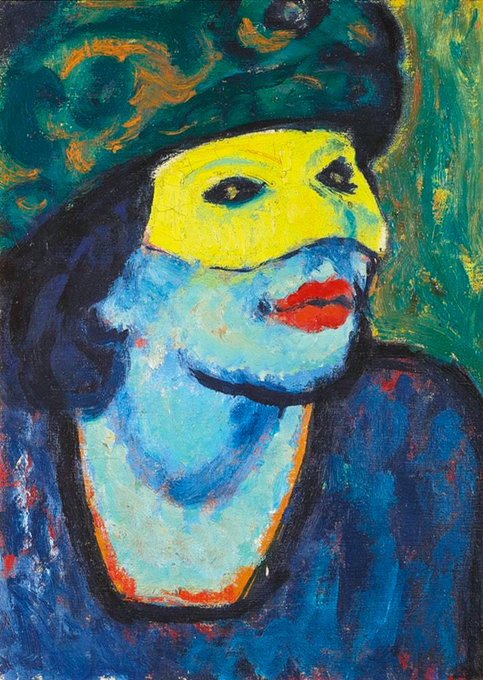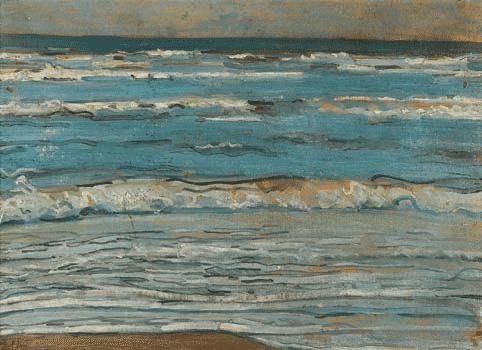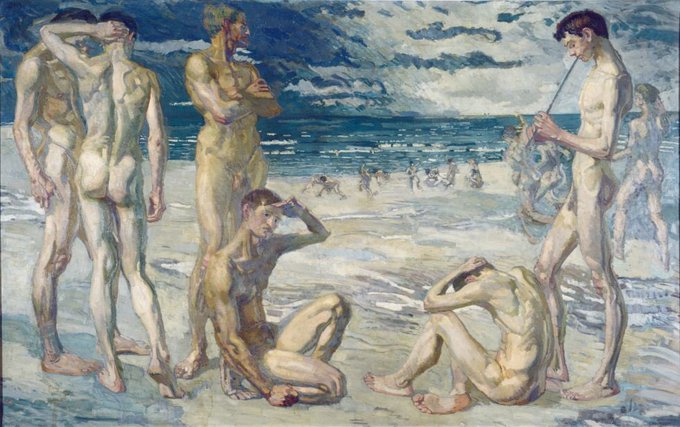Already by the first decade of the 20th C his brushwork was more fluid & a fascination with the unorthodox was apparent. Three women in the Studio (1908), Self-Portrait (1908), Self-Portrait with Minna (1909) & The Yellow Mask (1910)
His Agony painting is an early example of his exploration of extreme emotion, contrasting dramatically with his debonair 1907 self-portrait. Great Scene of Agony (1906), Beach (1904), Young Men by the Sea (1905) & Self-Portrait (1907)
Born in Leipzig, he was keenly interested in the history of art & stained glass. During WWI he was an orderly. The war changed everything for him & his once academic style became expressionistic. Idioten (1913), Self-Portrait (c1900 & 1901) & Landscape (1902)
He was one of the last major gothic painters yet combined an element of the Renaissance Humanism which swirled around him. This combination of old & new is fascinating. Virgin & Child (1476), St Roch (c1480) & Virgin & Child (c1480)
He was in the workshop of Squarcione in 1457 when he was sentenced to 6 months in prison for an affair with a married woman. In 1459 he left for a Venetian territory in Dalmatia. Madonna & Child (1470 & c1470) & St George Slaying the Dragon (1470)
She exhibited in Chicago in 1893 & was awarded a number of prizes in her lifetime. Portrait of the Artist’s Mother (1913), Young Girl in Garden with Parasol (c1915), At the Grave (1913) & Ane Brøndum in a Red Room (1910)
Her images have a humility that is v attractive & missing from her male colleagues work. Sorg (1902), Young Girl Plucking a Swan (1900), Helga (1900) & Portrait of Ane Brøndum & her daughter Hulda (1900)
Ancher was an impressionist who took the ideas of the Skagen Group & integrated them with modern French movements. Her interior paintings are particularly noteworthy. En Begravelse (1891), Children Painting Flowers (1894), Young Mother (1890s) & Vaccination (1899)
Her Blue Room is perhaps her most famous work. Here she blends Impressionism & Danish sensibility to create a masterpiece. Self-portrait (1890), Sunlight in the Blue Room (1891), Sewing (1890) & Evening Session at the Fence (c1890s)
Girl before a Lit Lamp (1887), Girl in the Kitchen (1883-5). Interiors with different light sources were a feature of the Skagen Group. Hammershøi, who is most famous, is conservative compared to Ancher.





































